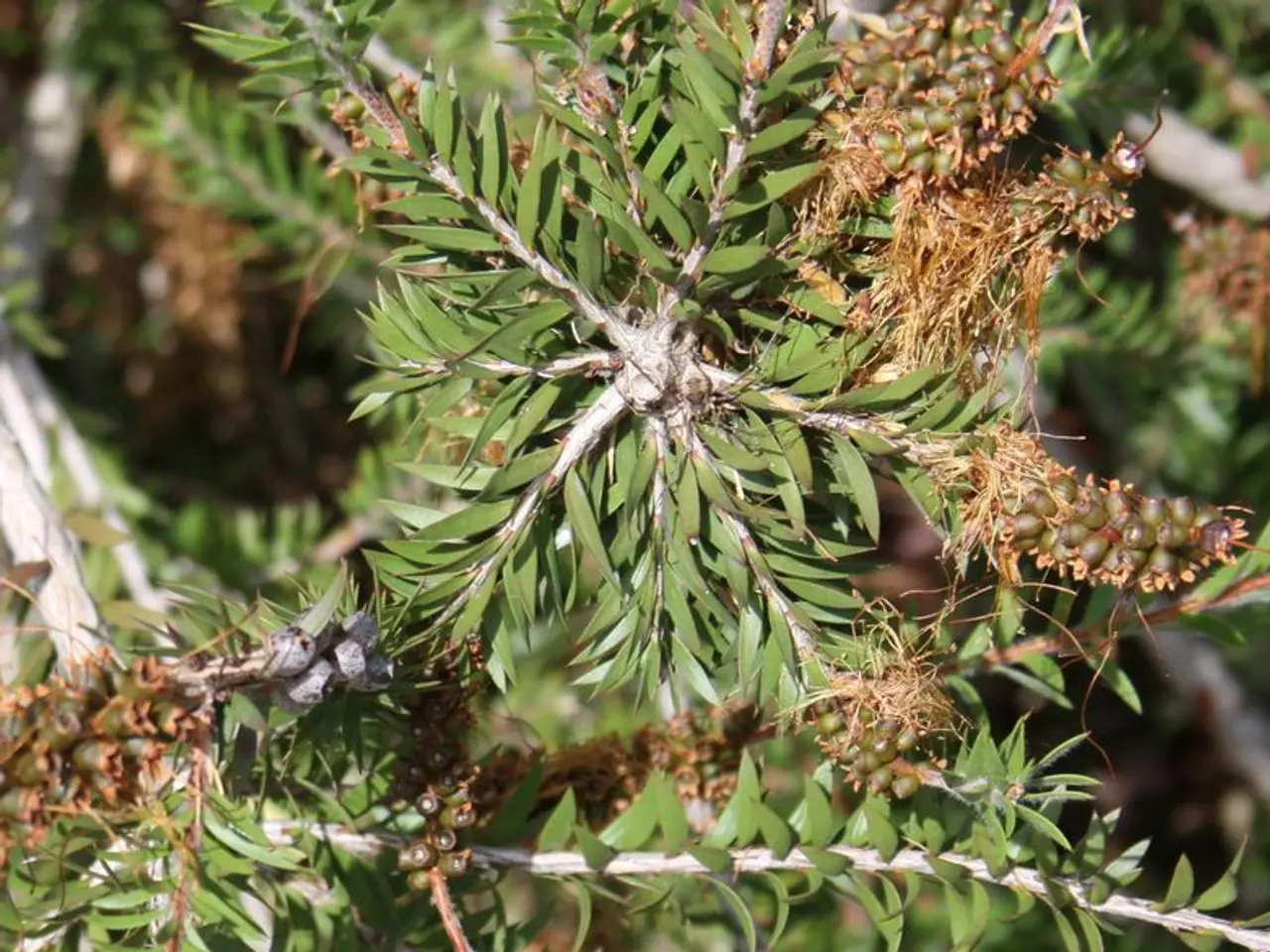Guidelines for Optimizing Citrus Fruit Yield During Different Seasons
Seasonal Harvesting Tips for Citrus Fruit Trees
Citrus fruit trees thrive in various climates, each with its unique growing conditions. Here's a guide to harvesting citrus fruits, tailored to both warm and cooler regions, while maintaining the common principles that ensure a bountiful and delicious yield.
Harvest Timing
Most citrus fruits, such as oranges, lemons, limes, and mandarins, take many months from bloom to maturity (up to 12 months) and typically ripen in late fall to early spring in temperate climates. For example, lemons are often harvested from late winter to early spring, while apricots (a comparison fruit) ripen earlier, from mid-July onwards in warmer areas.
Color and Ripeness Signals
In cooler or temperate climates, citrus fruits usually develop full color (orange or yellow hues) indicating ripeness. However, in tropical or subtropical regions, some citrus may remain green when ripe due to the absence of cold night temperatures that typically trigger color change.
Fruit Texture and Detachment
Ripe citrus fruit will be soft to the touch but not squishy. A good test is that the fruit should come away from the tree easily with a gentle twist or lift, not by force. Pulling hard indicates immaturity.
Harvest Method
For delicate citrus peels (e.g., calamondin), it’s recommended to harvest with scissors or pruners rather than pulling by hand to prevent damaging the fruit and the stem attachment.
Climate-Specific Notes
- In tropical climates: citrus can be ever-bearing and harvested year-round, but fruit color is less reliable as a ripeness indicator.
- In temperate climates: harvest mostly occurs in late fall through winter and early spring when fruit is fully colored and mature.
Post-Harvest Care & Pruning
The best time for major pruning is after harvest, usually in late winter to early spring, to avoid damaging fruit and protect the tree from sunscald during the summer. Only light or removal of dead/diseased branches is advised during summer.
Additional Tips
- Frequent monitoring during the harvest period prevents loss from birds, pests, or rot.
- Regular irrigation, fertilization during the growing season, and pest control optimize fruit quality for harvest.
Caring for Your Citrus Trees
Ensuring nutrient balance for citrus trees helps them grow healthily and produce better-tasting fruit. In spring, citrus trees should be fertilized with a balanced fertilizer for new growth. Pruning citrus trees is a key practice for their health: it improves air circulation, sunlight exposure, and encourages fruit production. In warmer areas, such as sunny California, citrus fruits mature faster.
Avoiding Common Mistakes
Harvesting too early can lead to sour flavors. Ripe citrus fruits are firm but give a little when gently squeezed. Ignoring weather conditions during harvest can cause mold and spoilage. Ripe citrus fruits give off a sweet aroma.
By understanding your local climate’s influence on timing and fruit characteristics, careful fruit handling to avoid damage, and appropriate pruning and care aligned to seasonal cycles, you can ensure a successful citrus harvest.
- Incorporating care for citrus trees into a home-and-garden lifestyle can lead to a bountiful food-and-drink abundance, as understanding seasonal harvest timing, fruit ripeness signals, and post-harvest care will ensure a high-quality yield.
- The quality of citrus fruits can be significantly affected by the caring practices adopted during the growing season, such as regular irrigation, fertilization, and pest control, which ultimately impacts the taste and texture of the final product when incorporated into cooking or consumed raw as part of a healthy lifestyle.
- Climate-specific conditions play a crucial role in the harvesting process, as in warm regions like California, fruits mature faster, requiring careful monitoring and consideration for pruning times to optimize the quality of the home-grown citrus fruits for incorporation into food-and-drink recipes or enjoying as part of a wholesome lifestyle.








